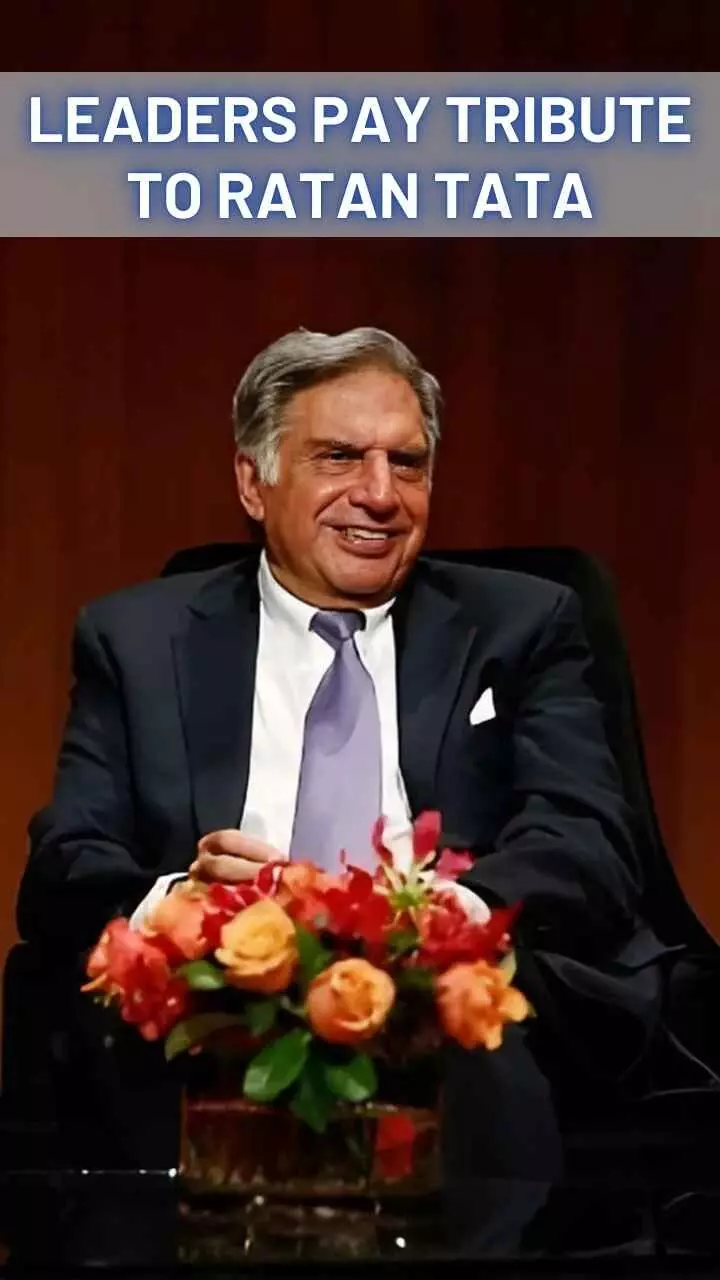Ratan Tata's Automotive Legacy: From Nano's Marketing Challenges to Tata Motors' Rise as India's EV Leader
Launched in 2008, the Tata Nano was designed to be "for all our people," as Ratan Tata stated.
The Nano represents a significant chapter in Tata's automotive history, but it's easy to forget that the company had been making cars long before its debut.

It's always flashy cars that catch the limelight, but one car that won the hearts of many. There's something special about creating an affordable mode of transport for millions.
Today, the Tata Group is at the forefront of India's electric vehicle (EV) transition. However, nearly two decades ago, Ratan Tata, the former chairman of Tata Sons, launched a car for the common people.
This vision led to unexpected challenges, including protests over land acquisition and lengthy court battles, ultimately forcing the factory to relocate.
Launched in 2008, the Tata Nano was designed to be "for all our people," as Ratan Tata stated.
Often dubbed India's first "lakhtakia," or one-lakh car, it aimed to be an affordable alternative to two-wheelers. Yet, despite its intention, the Nano struggled to gain traction.
"What motivated me was seeing families on scooters, often in unsafe conditions," Tata reflected on Instagram in 2022.
Initially, the idea was to make two-wheelers safer, but it evolved into the creation of a car. However, even before its release, the Nano faced numerous obstacles.
The Nano was initially supposed to be made in Singur, West Bengal, but protests led by Mamata Banerjee forced the company to move the factory to Sanand, Gujarat.
After it launched, sales didn't meet expectations, and by 2013, Tata acknowledged that the Nano was seen as a "poor man's car," which hurt its reputation.
The Nano represents a significant chapter in Tata's automotive history, but it's easy to forget that the company had been making cars long before its debut.
At the same time as the Nano was in development, Tata Motors was contemplating selling its passenger car division due to the underperformance of its first hatchback, the Indica.
In 2008, Tata Motors made a bold move by acquiring Jaguar Land Rover (JLR) from Ford for $2.3 billion—half of what Ford had paid a decade earlier.
This acquisition came during the global financial crisis, which severely impacted JLR’s sales, dropping from 250,000 units to 170,000 units within a year.
Ratan Tata recalled how friends questioned his decision to buy JLR, wondering what he would do with it.
Despite the difficulties, Tata Motors felt that new products and strong marketing could improve their situation.
By 2010-11, this strategy worked: global sales rose to 240,000 units, and profits increased significantly.
Tata attributed this success to updating JLR's brand image, saying, “I did nothing more.”
By 2023-24, JLR sold over 430,000 units, earning a record £29 billion in revenue—up 27% from the previous year—with a net profit of £2.6 billion.
The company now aims for net-zero emissions across its supply chain and is transitioning Jaguar to an all-electric brand.
Today, Tata Motors is leading the charge in India’s electric vehicle revolution.
After facing declining demand while competitors like Maruti Suzuki and Hyundai thrived, Tata developed a turnaround strategy in 2019-20 focused on sharing platforms for efficiency and expanding into the EV market.
The company had several successes, starting with the Tata Tiago, followed by the Tigor sedan and the Nexon SUV in 2017.
The Nexon, in particular, has been a big hit, selling over 700,000 units and meeting the rising demand for urban vehicles.
Even though electric vehicles (EVs) still make up a small part of car sales in India because of limited charging stations, Tata stands out as the top automaker.
They offer EV versions of the Tigor, Tiago, Nexon, and the new Punch. With a 73% market share, Tata sold over 150,000 EVs last year and is the largest commercial vehicle manufacturer in the country.

